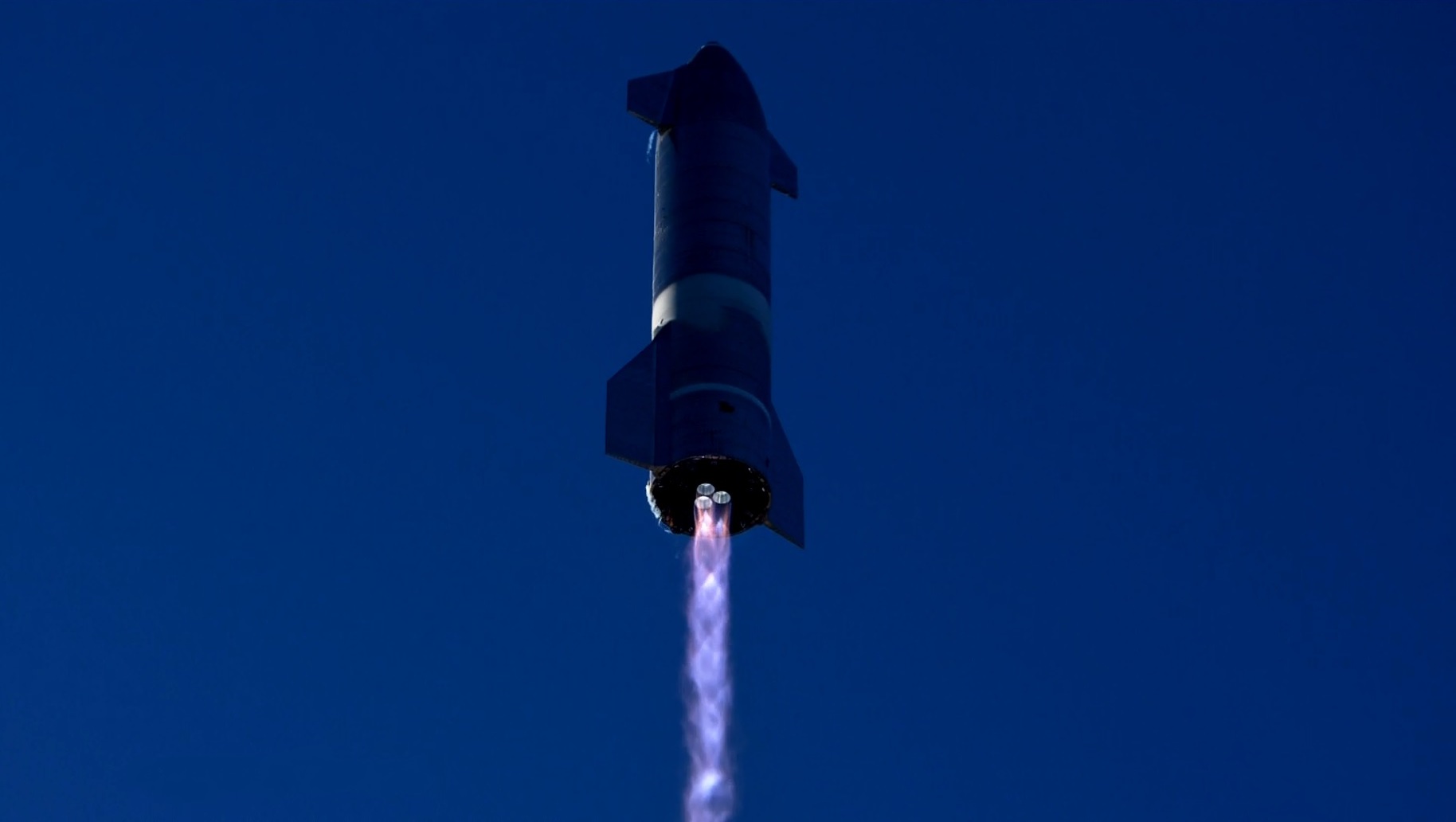
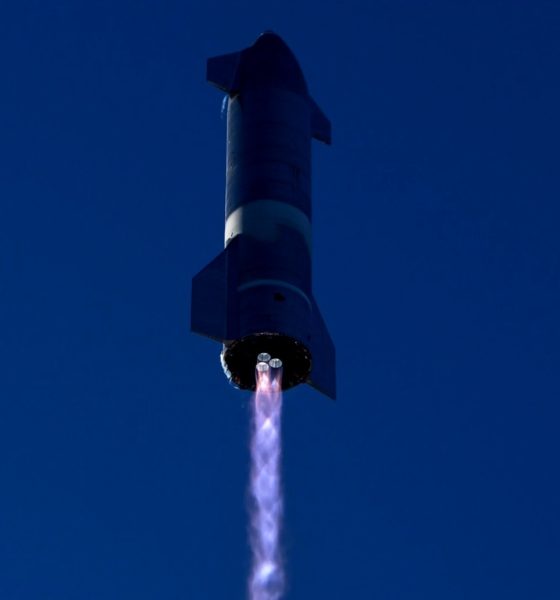
News
SpaceX Starship to test landing upgrades after two explosions
After two Starship prototypes aced their high-altitude launch debuts only to suffer last-second landing failures for unique reasons, SpaceX is gearing up for a third launch as early as this week.
Crucially, though Elon Musk’s levelheaded realism (or pessimism) has often seemed to underestimate the actual odds of success, the SpaceX CEO is substantially more confident on Starship’s third launch attempt than he was on the first flight two months ago. Back when Starship serial number 8 (SN8) was preparing to attempt the program’s first high-altitude launch, Musk pegged the probability of a successful launch, freefall, and landing at ~33%.
As it turned out, he wasn’t wrong, but Starship SN8 ultimately made far closer to a total success than almost anyone – inside SpaceX or not – expected it to get on the first try. Less than two months later, Starship SN9 suffered a similar last-second landing failure more than six minutes into the flight, though the root causes of both failures were unique.
In other words, both flight tests served their nominal purpose, uncovering two failure modes that would have eventually reared their heads one way or another. With SN8, Starship was unable to maintain enough pressure in its secondary landing fuel tank to supply two Raptor engines with enough fuel for a landing burn. Starship SN9 failed a few seconds before SN8 when one of the two Raptor engines needed for a flip and landing burn never ignited, causing the rocket to smash into the ground at an angle relative to SN8’s tail-down impact.
As previously discussed on Teslarati, Elon Musk eventually revealed his opinion that SN9’s engine-out failure was potentially avoidable and that SpaceX would change the way future Starships attempt to land in a bid to add more redundancy.
“While SpaceX obviously hasn’t spun around and fixed a complex Starship propulsion issue in a matter of days, Musk eventually revealed his opinion that he, his engineers, or some combination of both “were too dumb” to exploit one obvious way to mitigate the risk of engine failure during [Starship SN9’s] flip and landing. That ‘obvious’ tweak: reignite all three of Starship’s available landing engines, not just two.”
By igniting not just two – but all three – Raptor engines during Starship’s flip burn, SpaceX could essentially perform a midair static fire, giving the rocket’s flight computer a few seconds to analyze performance and downselect to the two healthiest engines for the final landing burn. With that change implemented, Starship would theoretically have enough redundancy to land if only two of its three sea-level Raptors performed nominally.
Currently installed on one of two ‘suborbital stands’ at SpaceX’s South Texas launch pad, Starship SN10 will be the first high-altitude prototype to attempt that three-engine flip burn and on-the-fly downselect. Musk says his confidence that SN10 will successfully land is now 60%, an almost twofold improvement over SN8. Starship SN10 could potentially fly as early as this week, though the prototype still needs to complete a nominal three-engine static fire test and the launch has yet to receive FAA approval.
Further down the road, Musk says that SpaceX is working hard to improve Raptor’s deep throttle performance, potentially allowing future Starships to burn two – or even three – engines all the way to touchdown for even more redundancy. Deep-throttling large, complex rocket engines is extraordinarily difficult, though, so that upgrade is likely no less than several months away. In the meantime, Starship SN11 is effectively complete and Starships SN15 through SN18 are being assembled to support a relentless flight test campaign as SpaceX works towards orbital flights.

Cybertruck
Tesla Cybertruck earns IIHS Top Safety Pick+ award
To commemorate the accolade, the official Cybertruck account celebrated the milestone on X.

The Tesla Cybertruck has achieved the Insurance Institute for Highway Safety’s (IIHS) highest honor, earning a Top Safety Pick+ rating for 2025 models built after April 2025.
The full-size electric pickup truck’s safety rating is partly due to the vehicle’s strong performance in updated crash tests, superior front crash prevention, and effective headlights, among other factors. To commemorate the accolade, the official Cybertruck account celebrated the milestone on X.
Cybertruck’s IIHS rating
As per the IIHS, beginning with 2025 Cybertruck models built after April 2025, changes were made to the front underbody structure and footwell to improve occupant safety in driver-side and passenger-side small overlap front crashes. The moderate overlap front test earned a good rating, and the updated side impact test also received stellar marks.
The Cybertruck’s front crash prevention earned a good rating in pedestrian scenarios, with the standard Collision Avoidance Assist avoiding collisions in day and night tests across child, adult crossing, and parallel paths. Headlights with high-beam assist compensated for limitations, contributing to the top award.
Safest and most autonomous pickup
The Cybertruck is one of only two full-size pickups to receive the IIHS’ Top Safety Pick + rating. It is also the only one equipped with advanced self-driving features via Tesla’s Full Self-Driving (Supervised) system. Thanks to FSD, the Cybertruck can navigate inner city streets and highways on its own with minimal supervision, adding a layer of safety beyond passive crash protection.
Community reactions poured in, with users praising the vehicle’s safety rating amidst skepticism from critics. Tesla itself highlighted this by starting its X post with a short clip of a Cybertruck critic who predicted that the vehicle will likely not pass safety tests. The only question now is, of course, if the vehicle’s Top Safety Pick+ rating from the IIHS will help the Cybertruck improve its sales.
News
Tesla stands to gain from Ford’s decision to ditch large EVs
Tesla is perhaps the biggest beneficiary of Ford’s decision, especially as it will no longer have to deal with the sole pure EV pickup that outsold it from time to time: the F-150 Lightning.
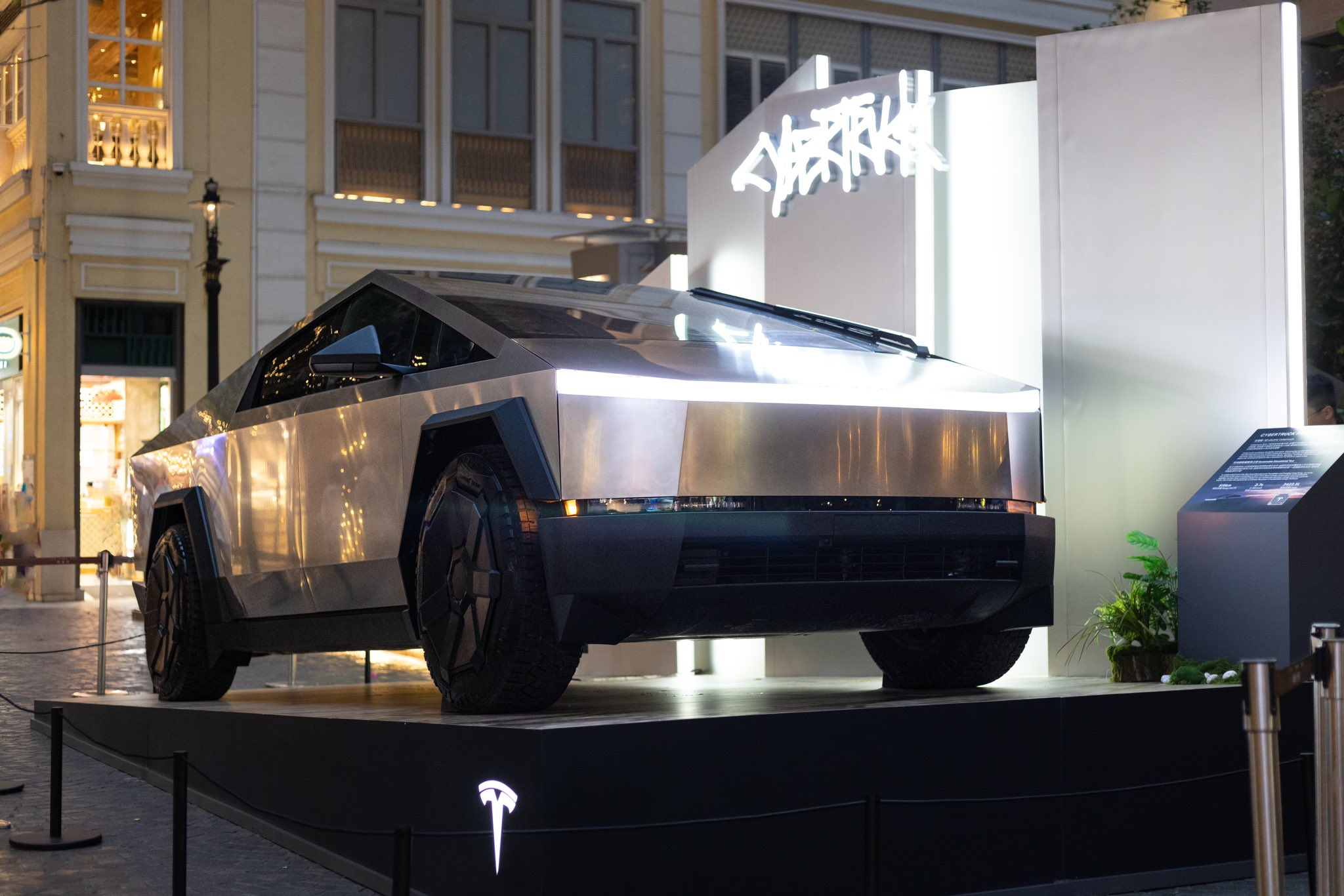
Ford’s recent decision to abandon production of the all-electric Ford F-150 Lightning after the 2025 model year should yield some advantages for Tesla.
The Detroit-based automaker’s pivot away from large EVs and toward hybrids and extended-range EVs that come with a gas generator is proof that sustainable powertrains are easy on paper, but hard in reality.
Tesla is perhaps the biggest beneficiary of Ford’s decision, especially as it will no longer have to deal with the sole pure EV pickup that outsold it from time to time: the F-150 Lightning.
Here’s why:
Reduced Competition in the Electric Pickup Segment
The F-150 Lightning was the Tesla Cybertruck’s primary and direct rival in the full-size electric pickup market in the United States. With Ford’s decision to end pure EV production of its best-selling truck’s electric version and shifting to hybrids/EREVs, the Cybertruck faces significantly less competition.
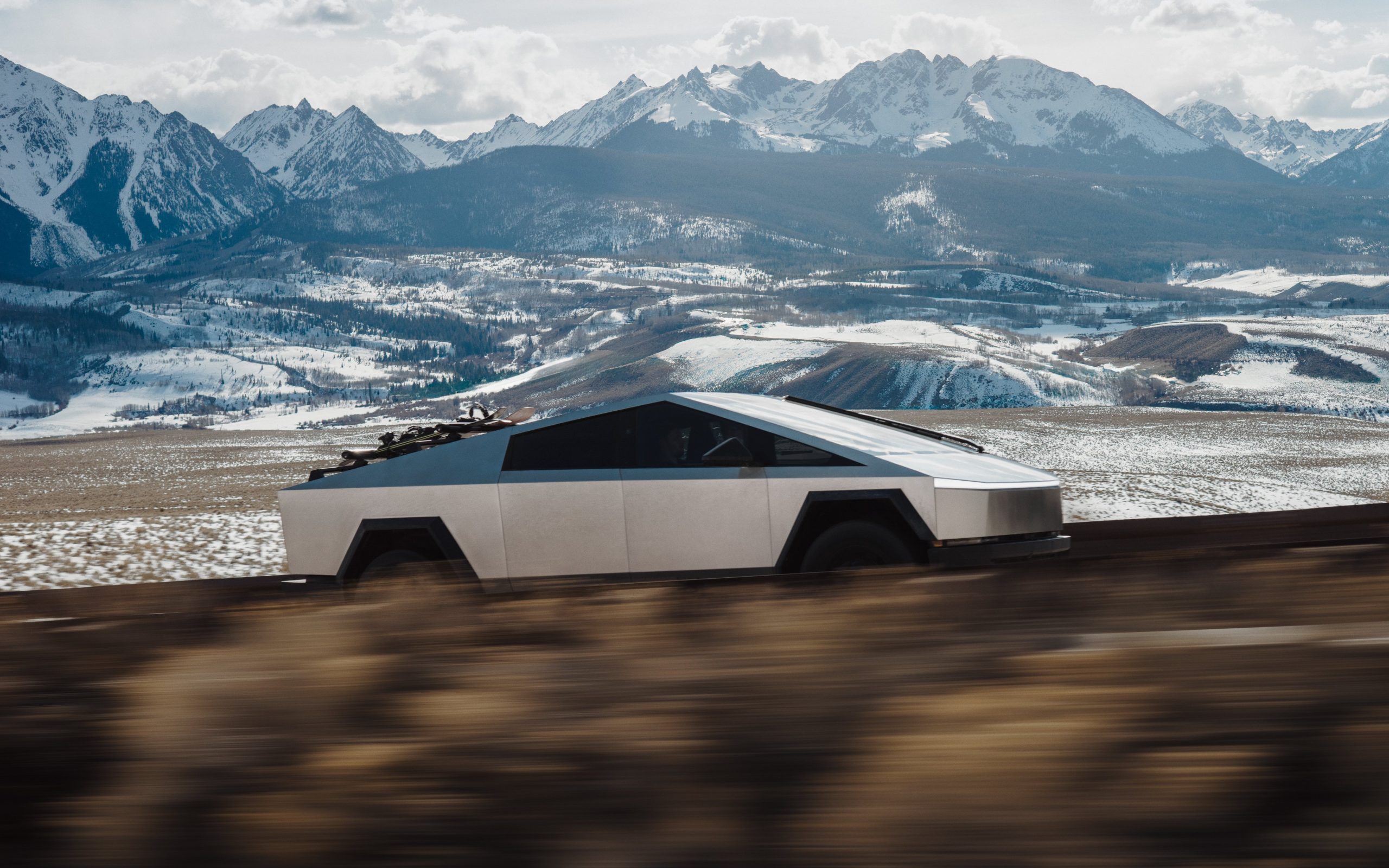
Credit: Tesla
This could drive more fleet and retail buyers toward the Cybertruck, especially those committed to fully electric vehicles without a gas generator backup.
Strengthened Market Leadership and Brand Perception in Pure EVs
Ford’s pullback from large EVs–citing unprofitability and lack of demand for EVs of that size–highlights the challenges legacy automakers face in scaling profitable battery-electric vehicles.
Tesla, as the established leader with efficient production and vertical integration, benefits from reinforced perception as the most viable and committed pure EV manufacturer.
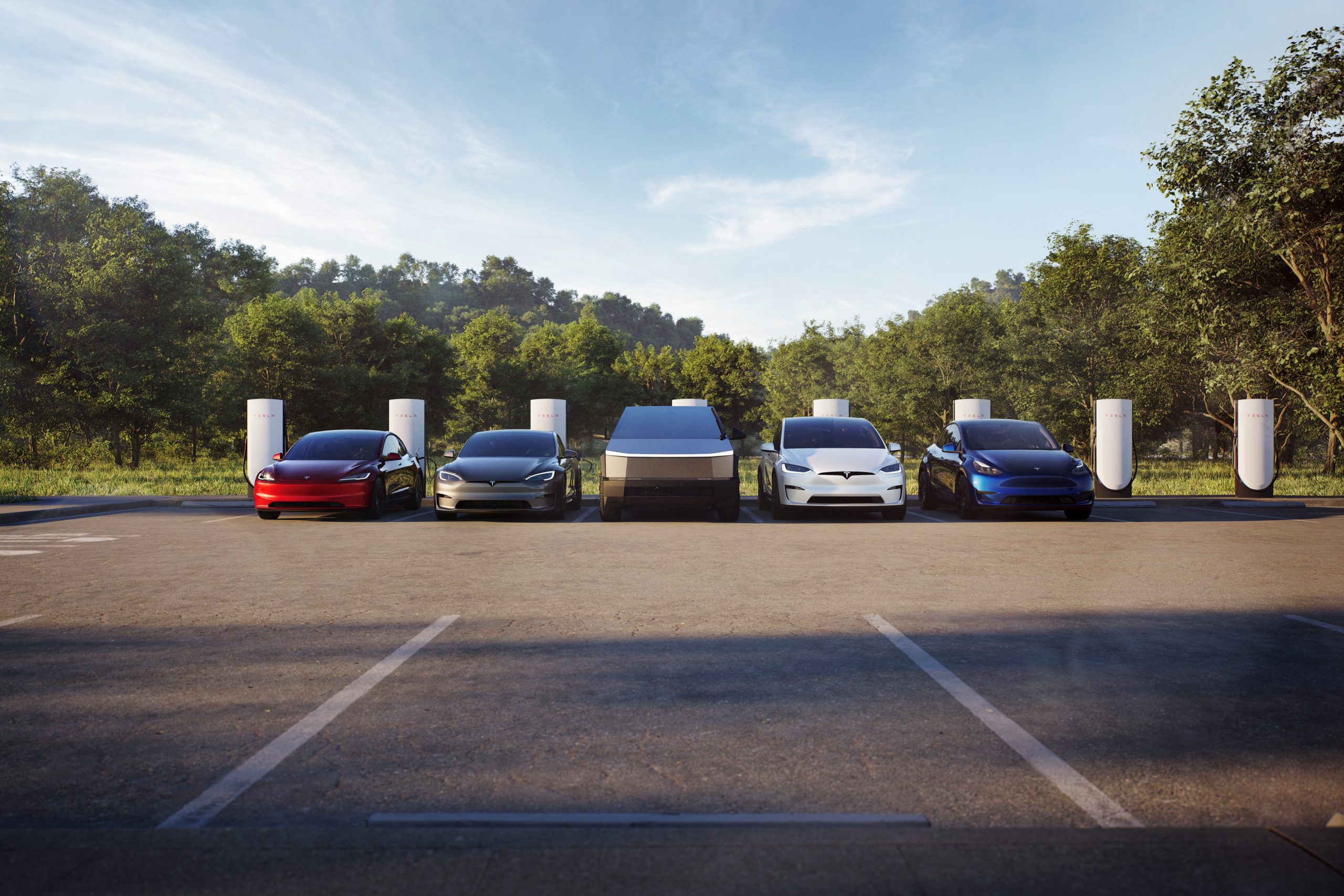
Credit: Tesla
This can boost consumer confidence in Tesla’s long-term ecosystem over competitors retreating to hybrids. With Ford making this move, it is totally reasonable that some car buyers could be reluctant to buy from other legacy automakers.
Profitability is a key reason companies build cars; they’re businesses, and they’re there to make money.
However, Ford’s new strategy could plant a seed in the head of some who plan to buy from companies like General Motors, Stellantis, or others, who could have second thoughts. With this backtrack in EVs, other things, like less education on these specific vehicles to technicians, could make repairs more costly and tougher to schedule.
Potential Increases in Market Share for Large EVs
Interestingly, this could play right into the hands of Tesla fans who have been asking for the company to make a larger EV, specifically a full-size SUV.
Customers seeking large, high-capability electric trucks or SUVs could now look to Tesla for its Cybertruck or potentially a future vehicle release, which the company has hinted at on several occasions this year.
With Ford reallocating resources away from large pure EVs and taking a $19.5 billion charge, Tesla stands to capture a larger slice of the remaining demand in this segment without a major U.S. competitor aggressively pursuing it.
News
Ford cancels all-electric F-150 Lightning, announces $19.5 billion in charges
“Rather than spending billions more on large EVs that now have no path to profitability, we are allocating that money into higher returning areas, more trucks and van hybrids, extended range electric vehicles, affordable EVs, and entirely new opportunities like energy storage.”
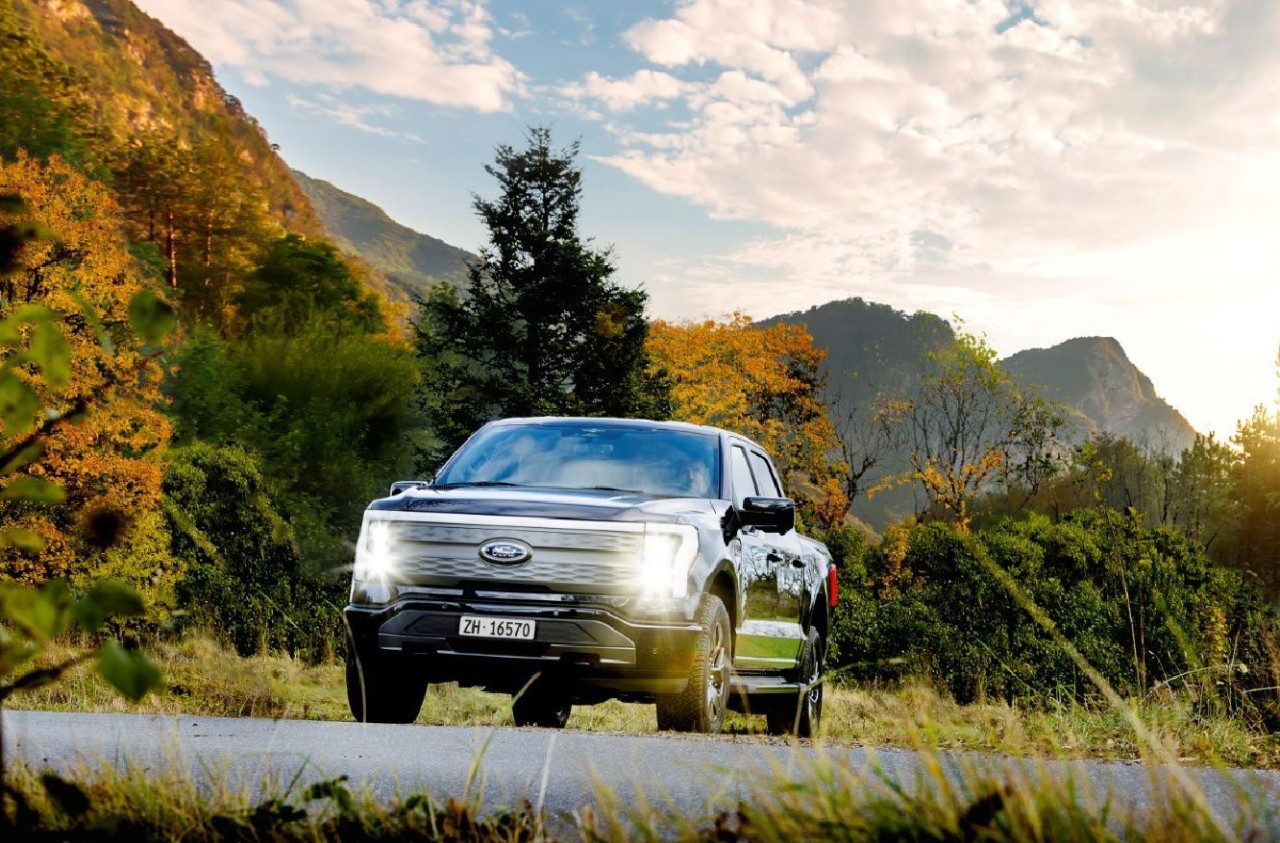
Ford is canceling the all-electric F-150 Lightning and also announced it would take a $19.5 billion charge as it aims to quickly restructure its strategy regarding electrification efforts, a massive blow for the Detroit-based company that was once one of the most gung-ho on transitioning to EVs.
The announcement comes as the writing on the wall seemed to get bolder and more identifiable. Ford was bleeding money in EVs and, although it had a lot of success with the all-electric Lightning, it is aiming to push its efforts elsewhere.
It will also restructure its entire strategy on EVs, and the Lightning is not the only vehicle getting the boot. The T3 pickup, a long-awaited vehicle that was developed in part of a skunkworks program, is also no longer in the company’s plans.
Instead of continuing on with its large EVs, it will now shift its focus to hybrids and “extended-range EVs,” which will have an onboard gasoline engine to increase traveling distance, according to the Wall Street Journal.
“Ford no longer plans to produce select larger electric vehicles where the business case has eroded due to lower-than-expected demand, high costs, and regulatory changes,” the company said in a statement.
🚨 Ford has announced it is discontinuing production of the F-150 Lightning, as it plans to report a charge of $19.5 billion in special items.
The Lightning will still be produced, but instead with a gas generator that will give it over 700 miles of range.
“Ford no longer… pic.twitter.com/ZttZ66SDHL
— TESLARATI (@Teslarati) December 15, 2025
While unfortunate, especially because the Lightning was a fantastic electric truck, Ford is ultimately a business, and a business needs to make money.
Ford has lost $13 billion on its EV business since 2023, and company executives are more than aware that they gave it plenty of time to flourish.
Andrew Frick, President of Ford, said:
“Rather than spending billions more on large EVs that now have no path to profitability, we are allocating that money into higher returning areas, more trucks and van hybrids, extended range electric vehicles, affordable EVs, and entirely new opportunities like energy storage.”
CEO Jim Farley also commented on the decision:
“Instead of plowing billions into the future knowing these large EVs will never make money, we are pivoting.”
Farley also said that the company now knows enough about the U.S. market “where we have a lot more certainty in this second inning.”








